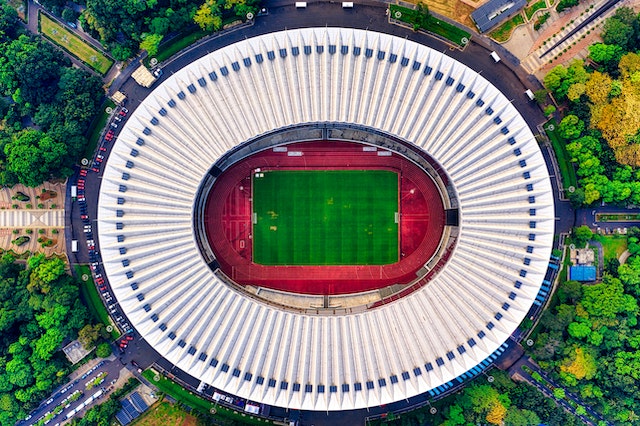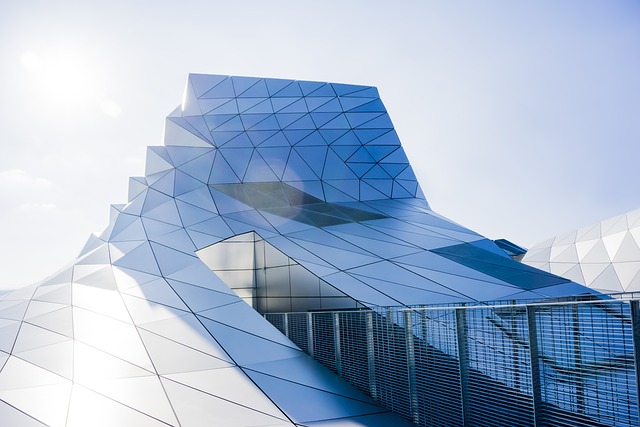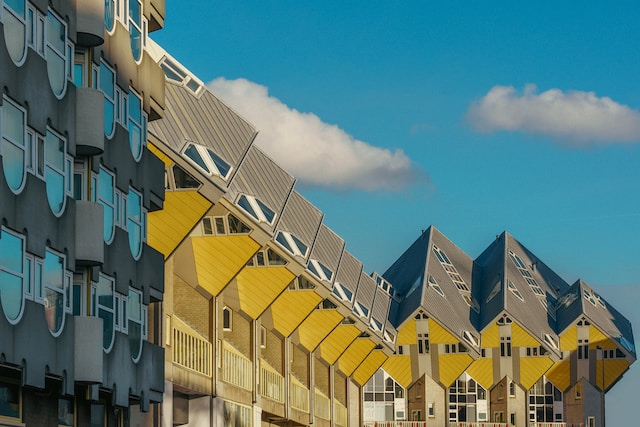In my years as an architect, there’s been a remarkable shift that has caught my eye: the drive towards sustainable sports facilities in Europe. With a deep-rooted sporting culture and a growing emphasis on green initiatives, European cities are leading the way in crafting environmentally-friendly sports venues.
Why Sustainability Matters in Sports Infrastructure
In the recent past, the construction of sports venues often meant colossal structures with massive carbon footprints. But the narrative is changing. European cities are now more conscious of the environmental repercussions.
- Economic Feasibility: Sustainable buildings tend to have lower operating costs due to energy and water conservation.
- Community Health: Green spaces and clean air improve the well-being of the community that engages in sporting activities.
- Long-term Benefits: Environmentally-friendly materials often have longer lifespans, meaning fewer resources for maintenance and repair.
Sustainable Sports Arenas
Stadiums across the continent are integrating green solutions not just to reduce their carbon footprint but also to enhance the spectator experience. Here’s a look at some standout sustainable sports facilities in Europe:
- Amsterdam ArenA, Netherlands:
- Renamed as the Johan Cruijff ArenA, this stadium is a symbol of sustainability.
- It has a 4 MW solar panel system on its rooftop, which powers a significant portion of its energy needs.
- The arena also boasts a cutting-edge energy storage system using recycled electric vehicle batteries.
- Forest Green Rovers’ New Lawn Stadium, England:
- Often referred to as the “greenest football club in the world,” their stadium is powered by 100% renewable energy.
- Vegan matchday menus and an organic pitch reflect the club’s commitment to sustainability.
- Olympic Stadium, London:
- Built for the 2012 Olympics, the stadium was constructed using recycled materials wherever possible.
- Its lightweight design reduced the amount of steel required, which in turn minimized its carbon footprint.
- Puskás Aréna, Hungary:
- One of the newest stadiums in Europe, the arena uses rainwater harvesting to water the pitch and flush the toilets.
- Solar panels are installed to provide renewable energy for the stadium’s operations.
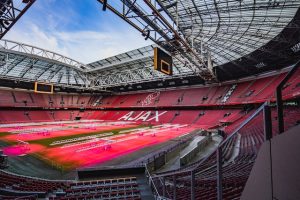
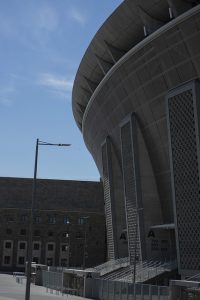
These facilities underscore Europe’s commitment to integrating sustainability into sports. By prioritizing green initiatives, European stadiums not only reduce their environmental impact but also set a precedent for future sports facilities worldwide.
Europe’s Sustainable Vision for the Future
The push for sustainable sports facilities isn’t just a trend. It’s an imperative for a greener future. European cities recognize this, and several are following suit after the Scandinavian exemplar:
- Eco-friendly Materials: More stadiums are using recycled and locally-sourced materials for construction.
- Green Transportation: With an aim to reduce carbon emissions, many facilities are focusing on building robust public transportation links and encouraging cycling to venues.
- Waste Management: Recycling initiatives within the facilities ensure that waste is managed efficiently.
My Personal Take as an Architect
It’s heartening to see Europe’s dedication to sustainable sports infrastructure. In my own designs, I’ve always aimed to intertwine beauty with eco-responsibility. Seeing grand stadiums and recreational facilities embracing this philosophy is a testament to the direction we’re headed. These aren’t just buildings. They are symbols of a collective commitment to the planet, intertwined with the spirit of sportsmanship.
Adopting New Technologies for Sustainability
The march toward sustainability is bolstered by cutting-edge technologies. European sports facilities are adopting innovations like:
- Geothermal Energy Systems: Leveraging the earth’s core temperature to naturally heat or cool facilities.
- Smart Sensors: Automated systems that manage utilities efficiently, ensuring there is no wastage of electricity or water.
- Green Roofs: These not only provide insulation but also contribute to urban biodiversity, turning facilities into urban oases.
Challenges and Prospects
While the movement is inspiring, there are hurdles. The initial investment for green technologies can be steep, and there’s a learning curve involved in operating and maintaining them. However, the long-term benefits — both economically and environmentally — far outweigh the challenges. With more collaborative efforts, knowledge sharing, and financial incentives, the future of sustainable sports facilities in Europe looks promising.
Urban Integration – More Than Just Sports
European cities are leveraging sports facilities as multifunctional hubs, blending them seamlessly into the urban fabric. It’s not unusual to see stadiums with adjacent community parks, organic food markets, or cultural spaces. These aren’t isolated giants but thriving ecosystems that stimulate local economies and provide recreational outlets for residents.
Learning from Success
Looking at specific instances provides clarity on the larger vision. A stadium in southern France, for example, isn’t just a venue for football matches. During off-seasons, its premises double up as community spaces for local events and workshops. Its open design encourages residents to use its surrounding parks for daily walks, fostering community health and interaction.
Resilience and Adaptability
The challenge of the future is unpredictability, especially with changing climate patterns. Hence, architects and planners prioritize resilience in their designs. Flood-resistant structures, adaptable spaces, and modularity are becoming standard features. Facilities are built not just for the present, but with an eye on potential challenges decades down the line.
Public Engagement
It’s essential to remember that while architects and planners lay the blueprint, it’s the public that breathes life into these spaces. Encouraging public participation in the design and conceptual stages can lead to facilities that truly resonate with community needs. After all, a stadium or a sports complex is as much an emotional landmark as it is a physical one.
An Architect’s Vision
Architecture isn’t just about constructing buildings. It’s about crafting the future. As I design and contribute to this evolving landscape, my hope is that the essence of sustainability becomes an innate aspect of all future constructions, not just in sports facilities but across all realms. Let these edifices stand as monuments of our commitment to a greener tomorrow.

